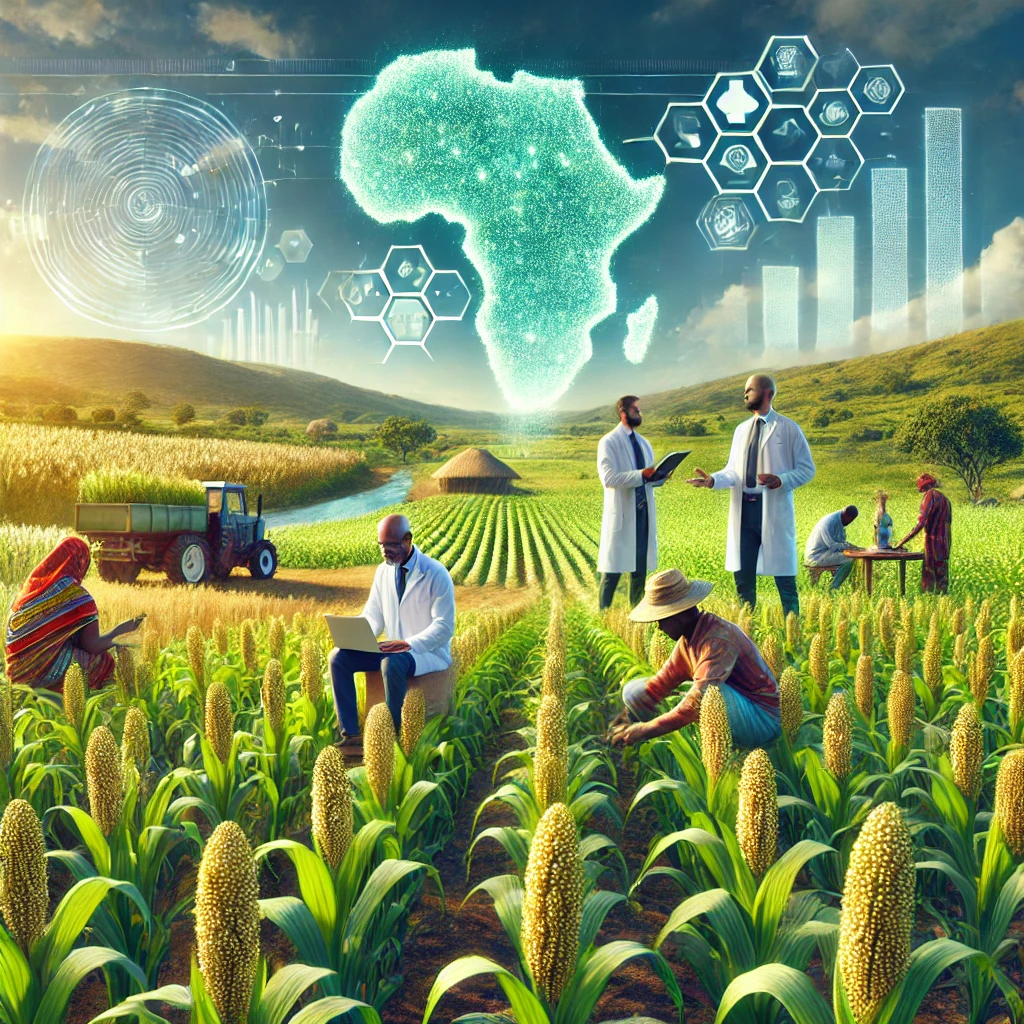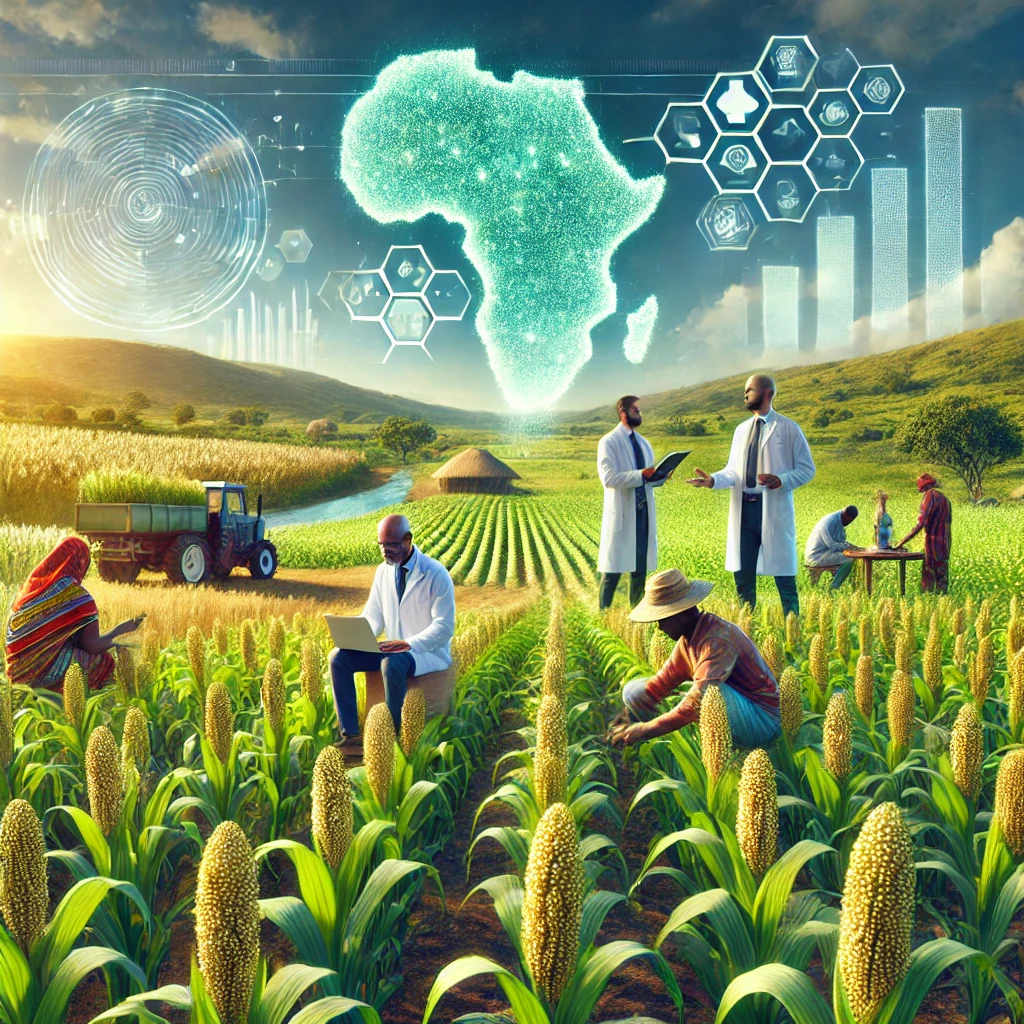Millet Revolution in Africa: Paving the Way for Food Security and Climate Resilience

In a bid to unlock the untapped potential of millet cultivation in Africa, a distinguished panel of experts convened to address emerging challenges in cultivating pearl and finger millets. This high-profile discussion was part of a workshop titled “Addressing Bottlenecks in the Expansion of Pearl and Finger Millets in Africa,” jointly organized by the Bill & Melinda Gates Foundation, the Senegalese Institute of Agricultural Research (ISRA), and CIMMYT. The workshop focused on identifying and prioritizing critical obstacles in improving millet cultivation strategies across the continent.
Significance of the International Year of Millets
The United Nations General Assembly declared 2023 as the International Year of Millets to raise awareness of the nutritional and health benefits of these grains, especially their resilience in challenging and variable climates. This initiative aims to highlight the importance of promoting sustainable agriculture and enhancing food security. Millets, known for their adaptability to arid conditions, play a key role in mitigating climate change impacts.
Makiko Taguchi from the Food and Agriculture Organization (FAO) remarked,
"We have actively sought input and support globally, engaging stakeholders not only from Africa and Asia but also from regions such as Latin America and Eastern Europe. This year has witnessed a surge in interest and collaboration within the millet community, signaling promising opportunities ahead."
National Strategies to Boost Millet Production
Senegal has developed a five-year strategic plan aimed at ensuring food security and achieving production targets by focusing on millet cultivation. Hamidou Diallo from Senegal’s Ministry of Agriculture, Rural Equipment, and Food Sovereignty (MAERSA) outlined the core elements of the plan, which include:
✅ Increasing production and productivity.
✅ Ensuring a steady supply of high-quality seeds through collaboration with ISRA.
✅ Providing essential tools and equipment to producers.
✅ Expanding the cultivated land area dedicated to millet farming.
Revamping the Dryland Crops Program with Innovative
InitiativesKevin Pixley, Director of the Dryland Crops Program (DCP) at CIMMYT, introduced four key initiatives aimed at enhancing millet cultivation:
- Africa Dryland Crops Improvement Network: Bringing together national scientists from Eastern, Southern, and Western Africa to enhance breeding programs, infrastructure, and capacity.
- Legumes Mining Project: Partnering with Colorado State University to utilize big data tools for exploring genetic diversity and identifying resilient traits.
- Gene Editing Projects: Focusing on reducing rancidity in pearl millet through advanced genetic research.
- Vision for Adapted Crops and Soils (VACS): Prioritizing dryland crops, including millets, to enhance adaptation in arid conditions.
Advancements in Research and Innovation Labs
Geoff Morris from Colorado State University highlighted the achievements of the United States Agency for International Development (USAID) Innovation Lab for Sorghum and Millets. The initiative spanned the entire value chain, from trait discovery and breeding support to the development of value-added products.
Morris emphasized,
"It is critical for African scientists to lead the research agenda to ensure it aligns with local needs. Our role is to support African breeders effectively by understanding their specific challenges."
Leading the Future of Millet Sector: Towards Food Security and Sustainable Development
With a focus on mapping the future of millet cultivation, these initiatives promise to bring benefits not only to Africa but also globally. By aligning with sustainability goals and fostering collaborations, the millet sector can address urgent challenges such as food security and climate resilience, ultimately paving the way toward a sustainable agricultural future.
Transforming Perspectives Through Effective CommunicationDouglas Gayeton, co-founder of The Lexicon, emphasized the transformative power of effective communication in reshaping public perceptions of millets. He stated,
"When consumers understand how their food choices align with their values, they can make informed decisions that positively influence the entire food system."
Gayeton advocated for shifting the narrative around millets, moving away from terms like ‘neglected’ or ‘orphaned’ crops to more empowering language that resonates with both consumers and policymakers.
With these efforts, the future of millet cultivation in Sub-Saharan Africa looks promising, promising enhanced food security, economic growth, and climate resilience.
